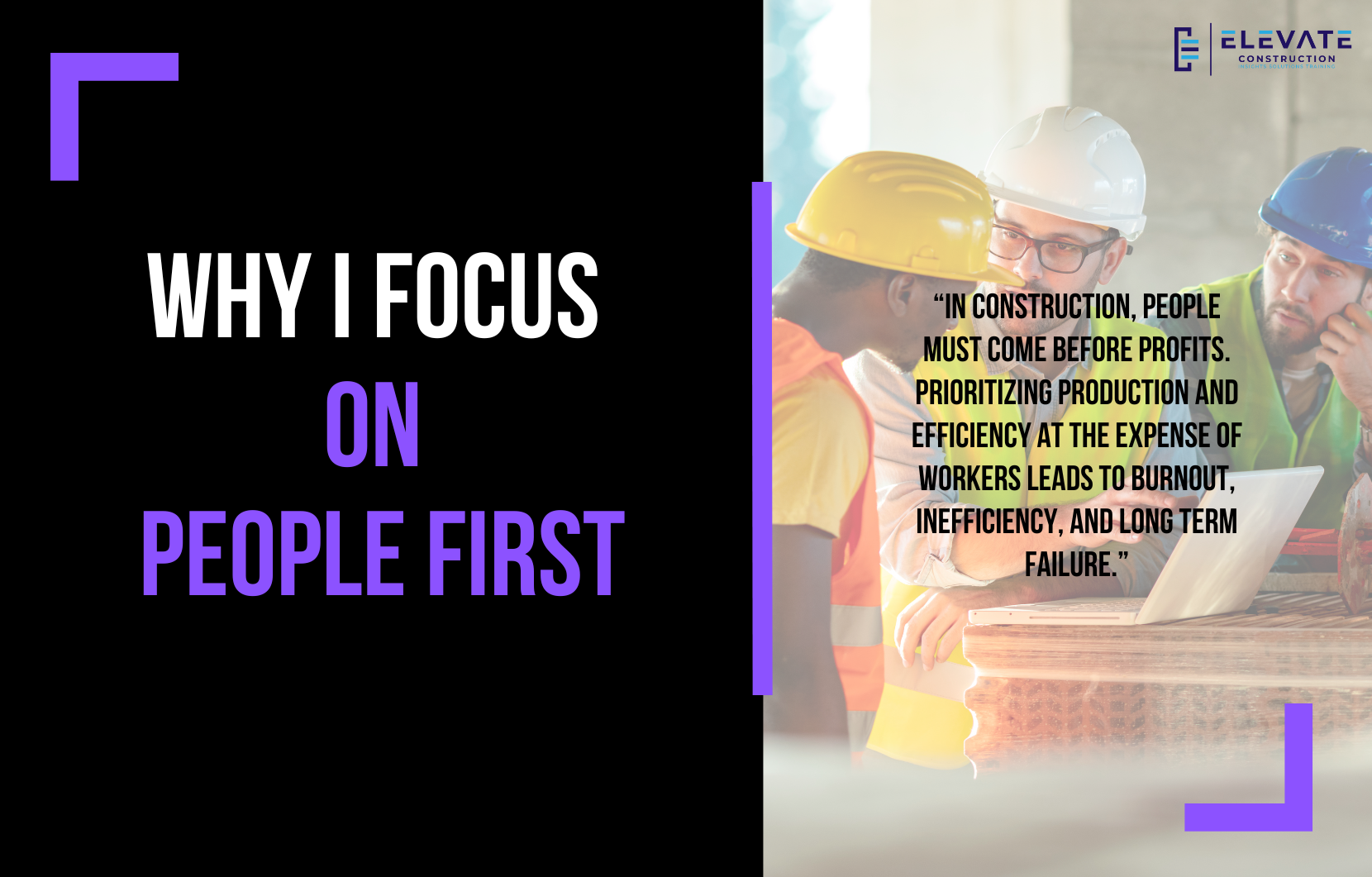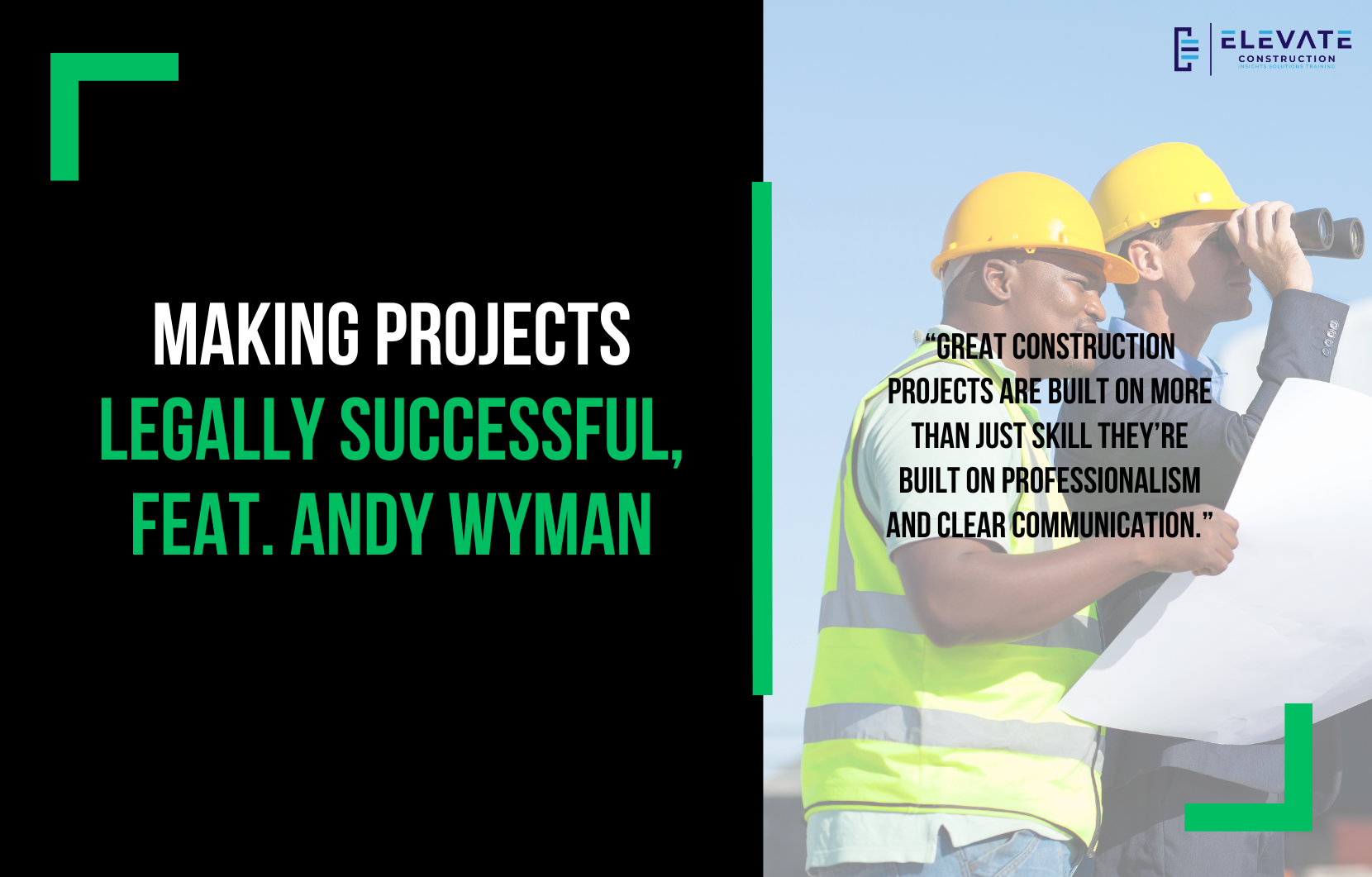Conditions for Respecting People
When I talk about respect for people, I am not just talking about being nice or polite. For me, true respect is about creating the right conditions where people can thrive. It is about making sure people feel valued, trusted, and supported. When we build that type of environment, our teams do better work, our projects flow smoother, and people actually enjoy showing up each day.
I have learned that there are five rights that make up the foundation of respecting people. They are the right of understanding, the right of involvement, the right of input, the right of success, and the right of humanity. Every one of these rights matters, and when even one is missing, people feel the difference.
The right of understanding means people deserve to know the “why” behind what they are being asked to do. The right of involvement means they should be part of shaping changes that affect them. The right of input means their voices are heard in decisions that matter. The right of success means we set them up with the time, resources, and tools to actually win. And the right of humanity means we treat them with basic dignity, safety, and care.
On a construction site, I see these rights play out in practical ways. A clean bathroom, a safe place to work, a clear plan, and opportunities to collaborate are all signs of respect. On the other hand, poor conditions, a lack of communication, or excluding people from decisions send a very different message. I know from experience that when leaders take these rights seriously, morale improves and so do project outcomes.
Respect is not something extra. It is the starting point of everything we do. Without it, lean systems and production planning will fall flat. With it, people feel empowered, and that energy mirrors back into the culture of the team.
Key Takeaway
Respect for people starts with five basic rights. When we give people understanding, involvement, input, success, and humanity, they will thrive and bring their best to the project.
If you want to learn more we have:
-Takt Virtual Training: (Click here)
-Check out our YouTube channel for more info: (Click here)
-Listen to the Elevate Construction podcast: (Click here)
-Check out our training programs and certifications: (Click here)
-The Takt Book: (Click here)
Discover Jason’s Expertise:
Meet Jason Schroeder, the driving force behind Elevate Construction IST. As the company’s owner and principal consultant, he’s dedicated to taking construction to new heights. With a wealth of industry experience, he’s crafted the Field Engineer Boot Camp and Superintendent Boot Camp – intensive training programs engineered to cultivate top-tier leaders capable of steering their teams towards success. Jason’s vision? To expand his training initiatives across the nation, empowering construction firms to soar to unprecedented levels of excellence.
On we go





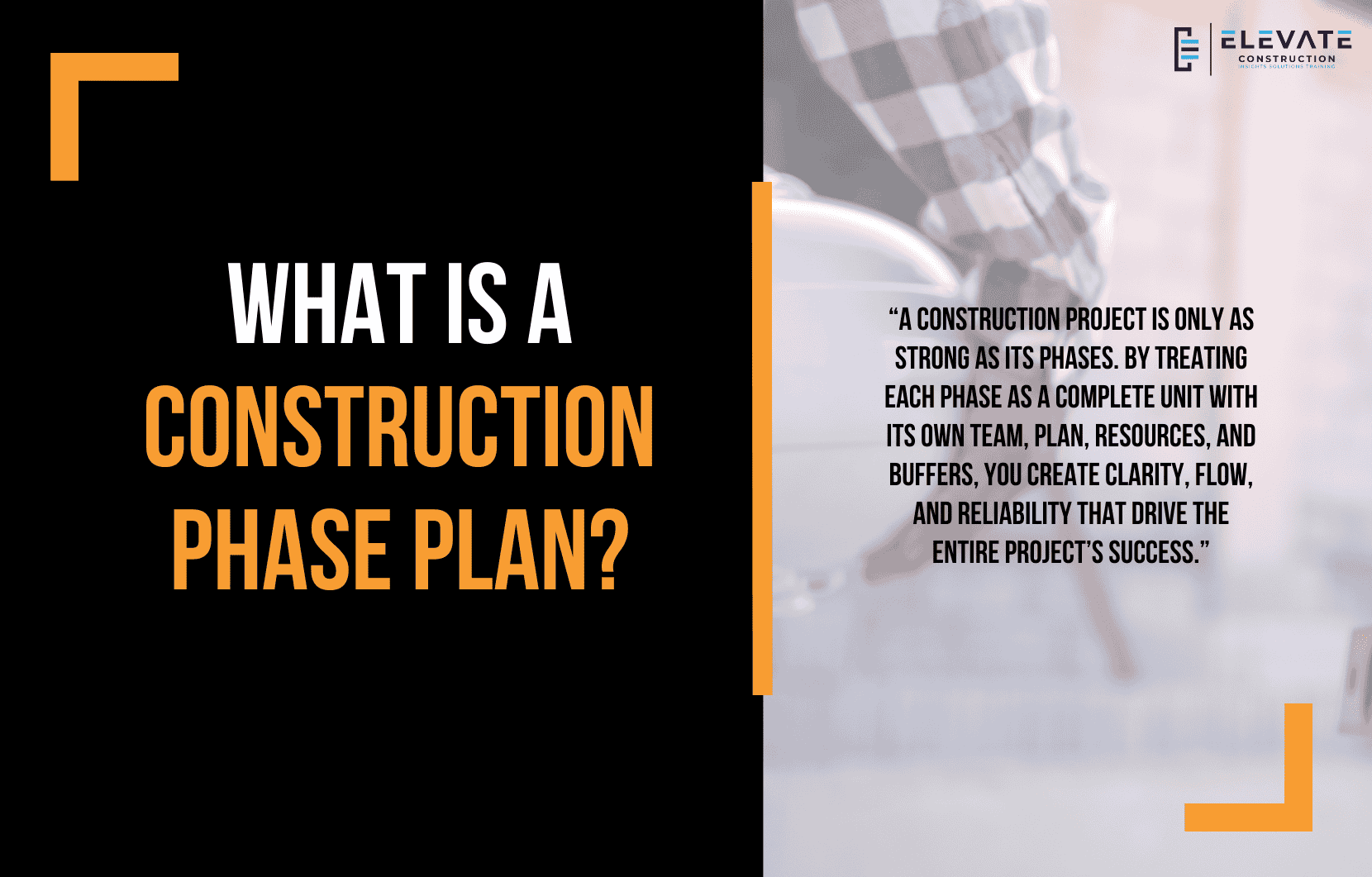
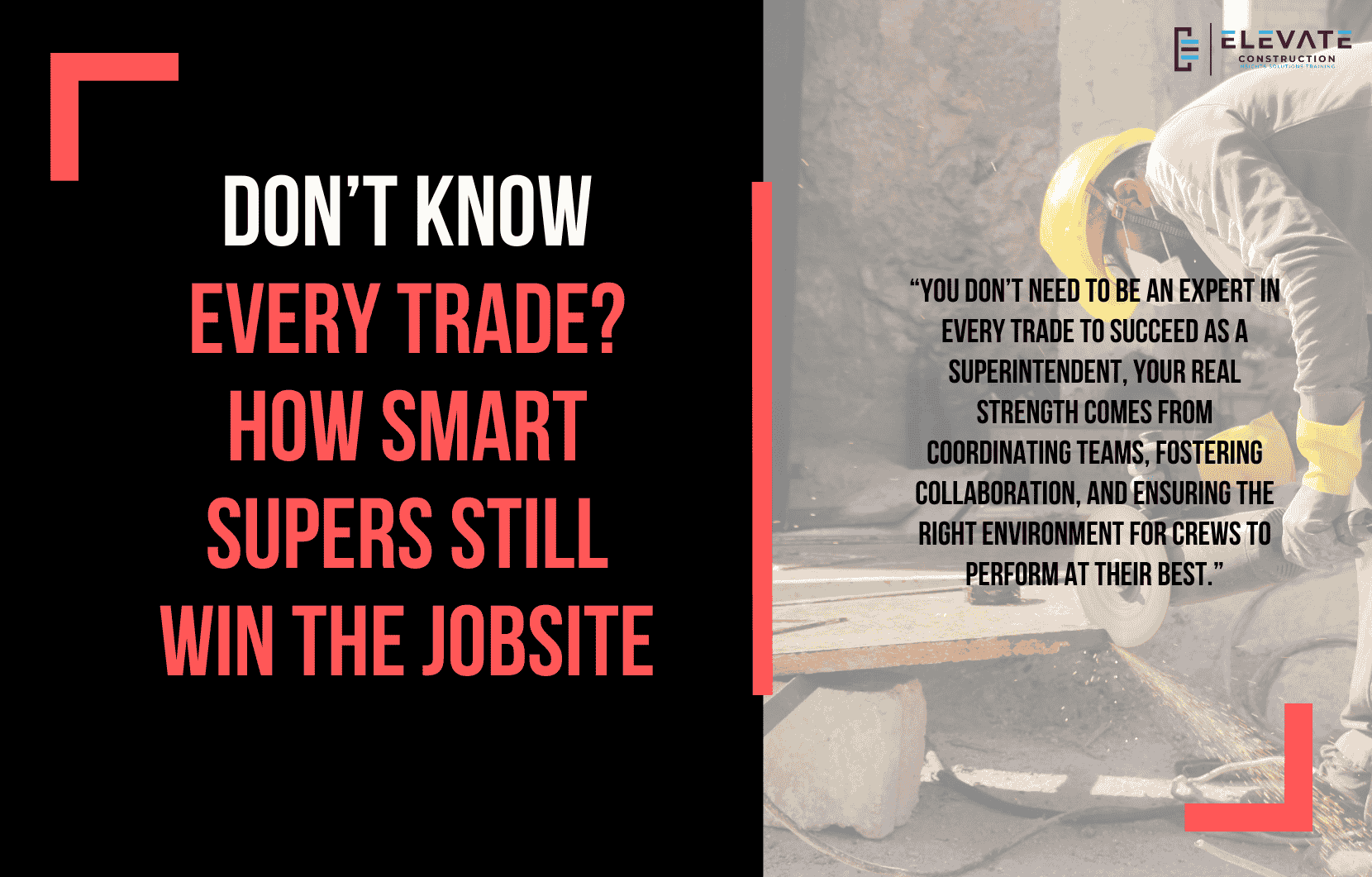
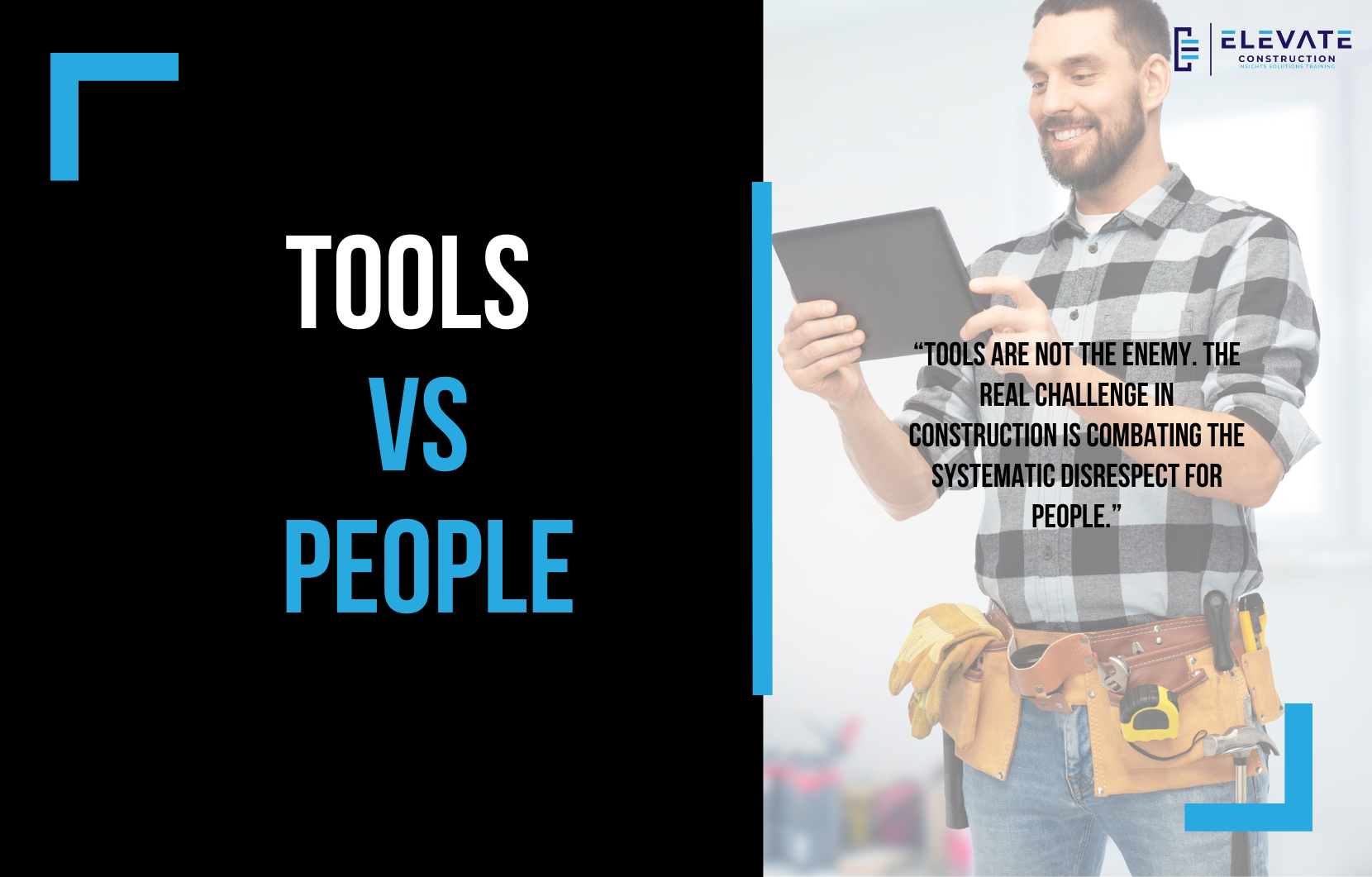
 Production increased
Production increased